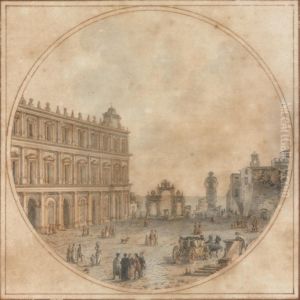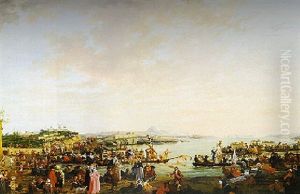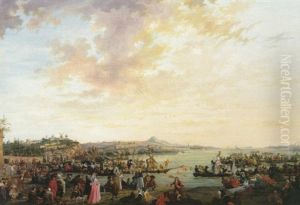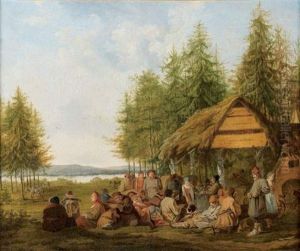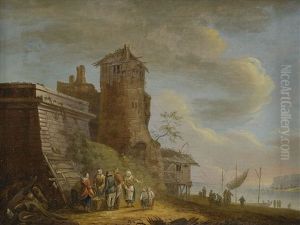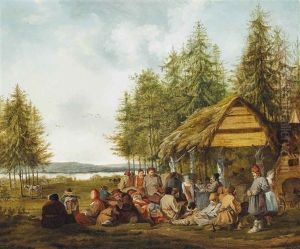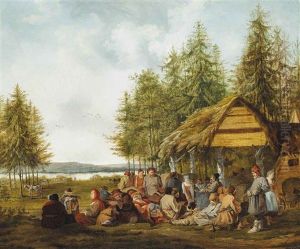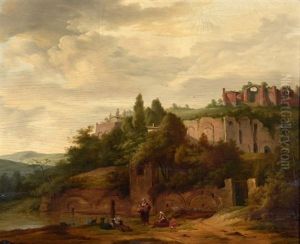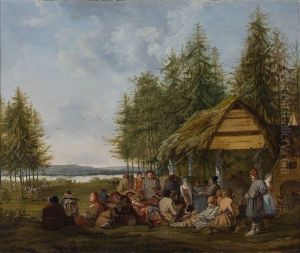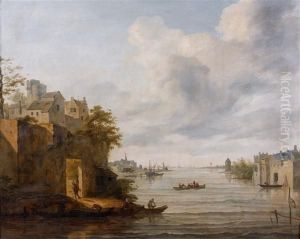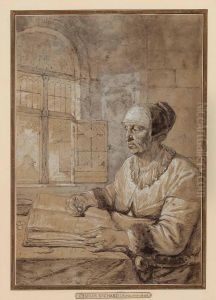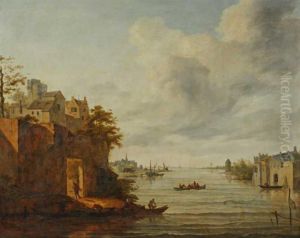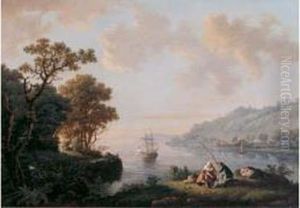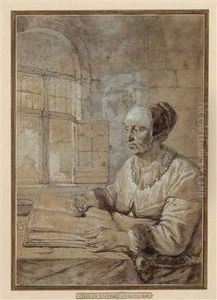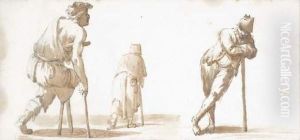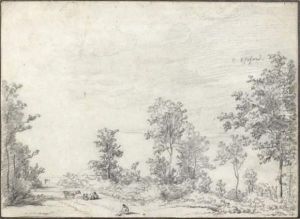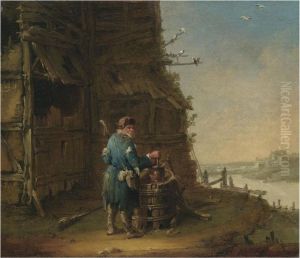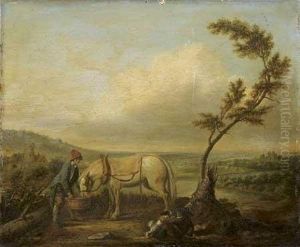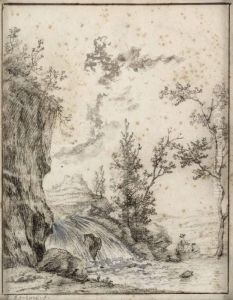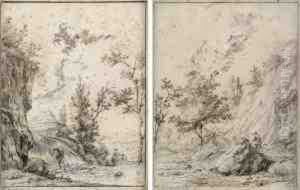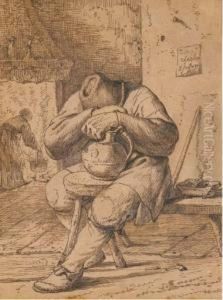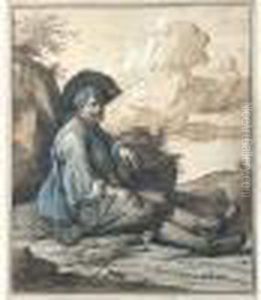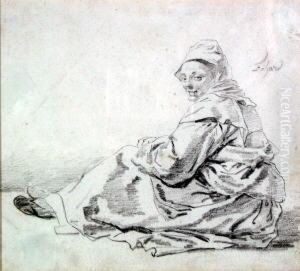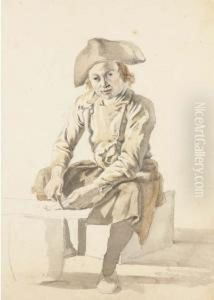Charles Eschard Paintings
Charles Eschard was a French artist known for his expertise in the realms of painting and engraving. Born in 1748, Eschard's career unfolded during a period of significant artistic and political upheaval in France, a time that spanned the late Rococo movement through to the Neoclassicism that dominated the era of the French Revolution and the Napoleonic Wars. Despite the tumultuous backdrop, Eschard managed to carve out a niche for himself, particularly in the area of landscape and genre painting, as well as in the meticulous art of engraving.
Eschard's training and early career are somewhat obscure, with limited records on his formal education in the arts. However, it is known that he was active in Paris, the vibrant heart of French art and culture, where he would have been exposed to the works of contemporaneous artists and the shifting tastes of the art market. His works, though not as widely recognized today as some of his contemporaries, reflect the keen observation and delicate handling characteristic of the period's best artists.
In terms of his contributions to engraving, Eschard was adept at both creating original works and reproducing the paintings of others, a common practice that helped disseminate the popular styles and motifs of the day. His engravings, which often featured landscapes and scenes of daily life, are noted for their precision and attention to detail, qualities that made them highly valued among collectors of the time.
Sadly, like many artists of his era, Charles Eschard's life and career were overshadowed by the monumental social and political changes unfolding in France. The French Revolution, which began in 1789, and the subsequent rise of Napoleon Bonaparte, dramatically altered the landscape of French society and its artistic patronage. During these years, Eschard, like many of his peers, had to navigate the changing tides to maintain his artistic practice and livelihood.
Charles Eschard passed away in 1810, leaving behind a body of work that, while not as celebrated as that of some of his peers, offers valuable insight into the artistic trends and social currents of late 18th and early 19th-century France. His engravings, in particular, continue to be appreciated by art historians and collectors for their beauty and historical significance.
